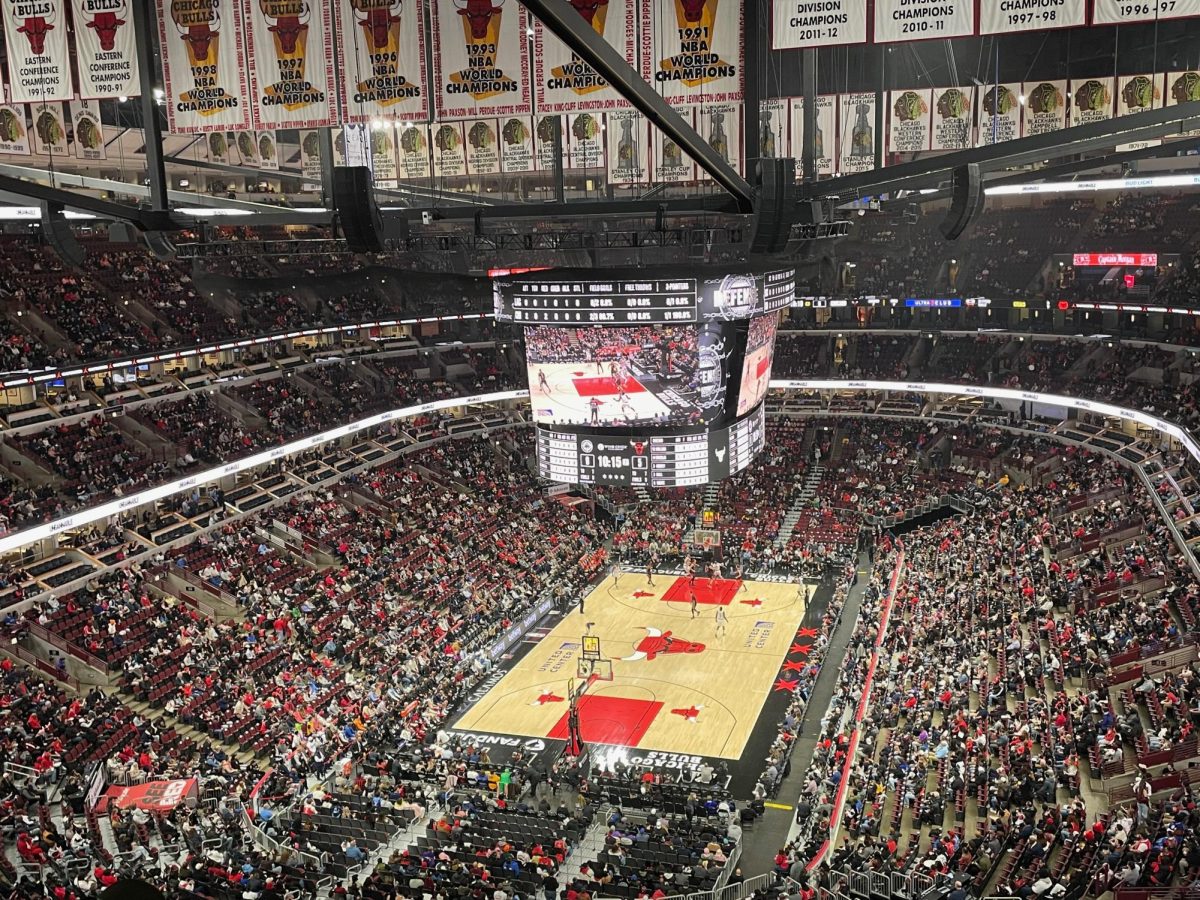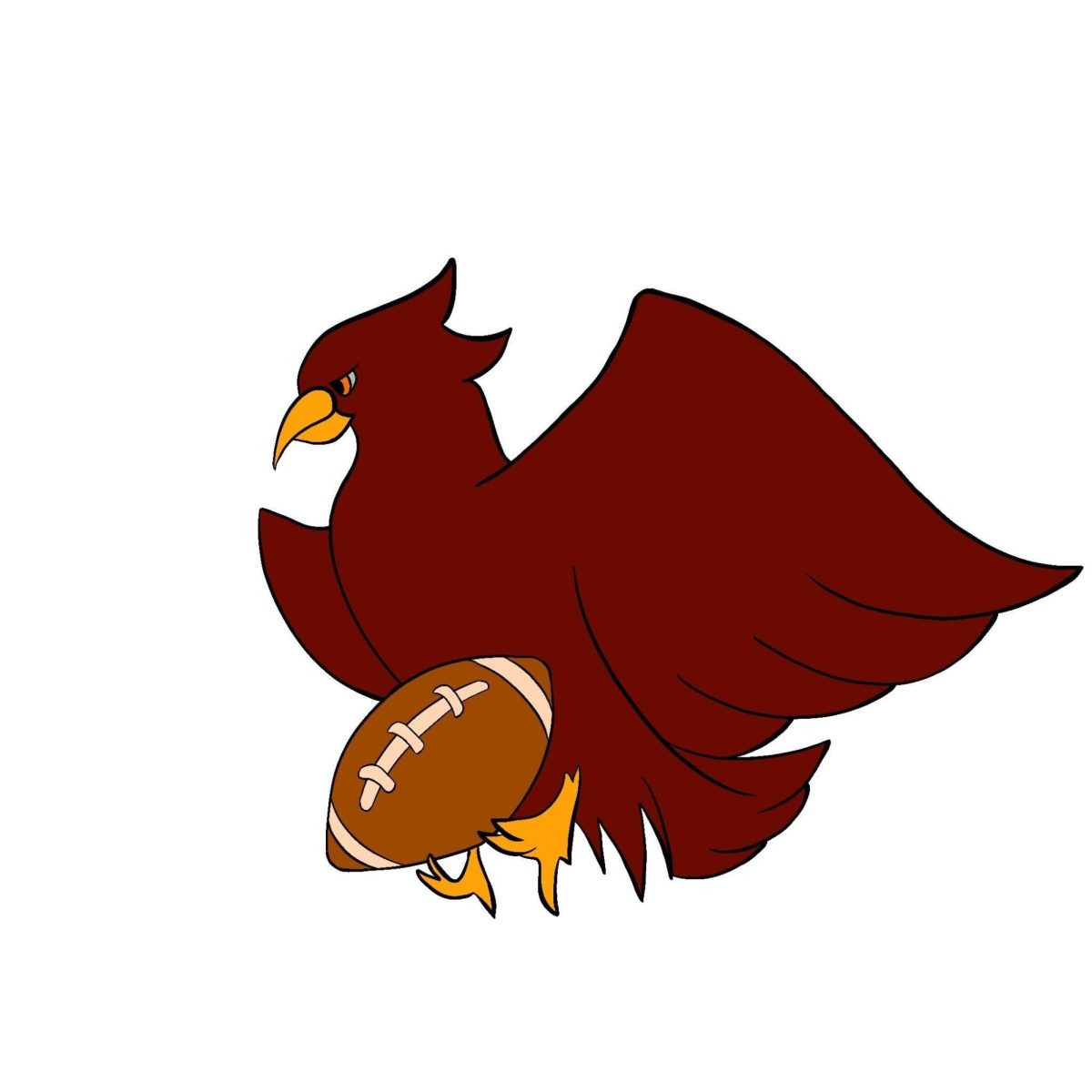As more young women are succeeding on America’s playing fields each year, a new debate on the meaning of gender equity has gripped university athletic departments across the country. More than 30 years after its inception, Title IX, a 1972 measure designed to bridge the participation gap in intercollegiate athletics, has come under fire from a wide range of opposition. Athletic officials at the University of Chicago are no strangers to the emerging controversy and, in some cases, have taken leading roles.
Maroons head wrestling coach Leo Kocher is a member of the National Wrestling Coaches Association (NWCA), which is challenging what it believes is a discriminatory interpretation of Title IX before a federal court. Kocher and the NWCA have argued that Title IX is essentially a quota system that unfairly limits male athletic opportunity on television programs such as CBS’ 60 Minutes and ESPN’s Outside the Lines. “What people are missing here is that it’s not anywhere near a number–a money issue–as a quota issue,” said Kocher on ESPN last year. “The fact of the matter is, even if they reduce the number of scholarships, what really drives this thing is that, if you’re not proportional, if the number of your female athletes doesn’t equal the percentage of your college enrollment, you are going to get dragged into court and you are going to lose. Title IX has been terrific. Women have made great gains without the quota. Quotas don’t work.”
While few organizations criticize the original intent and early successes of the troubled measure, many now oppose parts of Title IX because of a 1979 Congressional policy interpretation specifying the ways in which university athletic programs can comply. The NWCA, the Independent Women’s Forum (IWF), and a range of other groups charge that the new interpretation creates a gender quota that hurts men’s sports more than it helps women’s sports. “Title IX should definitely remain law, but the way it is enforced needs to be drastically changed. Right now, it’s being enforced as a quota, which was not intended when the law was passed,” said Sara Butler, third-year chair of Partnership for Commonsense Feminism.
The Board of Campus and Student Life (BCSL) has recently formed a subcommittee to consider the future of intercollegiate athletics at Chicago. “Over the next year or so, the athletic department will respond to the committee’s report and try to come up with a plan and figure out what program is the best for all parties involved,” University Athletics director Tom Weingartner said.
“The discussion was provoked by a compelling statistic that over the last five years men in the college have increased by five percent and women have increased by 46 percent. We’ve been tracking that change year-by-year, but a year ago the university decided that we need to look at those numbers and see if we have the right program for our demographic.” Team cuts are not on the immediate horizon, but recommendations will be made as the evaluation progresses.
Title IX has played a leading role in increasing participation in women’s sports. In 1972, women made up two percent of college athletes but today make up 41 percent. Yet opponents are quick to point out that numerous men’s programs–particularly swimming, wrestling, and baseball–have been cut in order to satisfy the proportionality criterion. Wrestling programs, for example, have decreased from 428 to 257 programs since 1981.
The Chicago varsity fencing team was discontinued in 1996 despite petitions from the student body to keep it in place. After a freeze was imposed on the budget, the athletic department considered each team in regards to a matrix weighing 12 factors, ranging from student interest and facility availability to Title IX compliance.
“Fencing was our only sport that really wasn’t a Division III sport,” said associate athletic director Rosalie Resch. “We were the only program in the state of Illinois, and we could only hire a part-time coach. We really felt we weren’t doing what we needed to do with fencing in order to treat it in an equitable way. It wasn’t a numbers issue because it was a very small team.”
The co-educational golfing team and the women’s field hockey team were the only other teams dropped since the reintroduction of intercollegiate competition in the late ’60s. Golf was discontinued because of personnel changes, while field hockey was dropped in exchange for women’s soccer to follow the national trend. Neither program was cut for Title IX reasons.
“We’re an interesting institution because we had a very good athletic department before Title IX,” said Resch. “Our varsity athletics started in the late ’60s, so we were ahead of the curve. When Title IX was passed, it really had a very little effect on our program, but it enriched our program because it enriched our competition.”
Instead of forming policy from Title IX, the athletic department has tried to keep the ideal of equality in mind. “What we have tried to pay attention to over the past 30 years is program equity, not gender equity. We try to treat a male cross-country member like we would treat a women’s basketball or men’s football player. We try to comply with the spirit of Title IX, so we feel that we are not as driven by the mandates of the law,” added Resch.
The main question that remains is why so many men’s teams are being discontinued. “While much of the argument against Title IX claims that the legislation drains resources from smaller men’s programs, evidence suggests that this lack of resources is due to an over-allocation to more commercially viable sports such as basketball and football,” said second-year Frank McMillan, chair of the University of Chicago ACLU. “Although the ACLU does not take a stance on which of these sports should receive funding, it does believe schools should search for remedies to their problems in the allocation of funds as opposed to in the details of anti-discrimination legislation like Title IX.”
Many football programs send about 150 players (with over 50 percent on scholarship) to road games, even though only one-third often end up playing. Lane 9, an online swimming Web site, cites a University of Nebraska athletic department insider as saying that it cost $2,000 to send each of the 170 football players to their bowl game in 2002. That excess spending may have complicated budgetary and Title IX compliance issues when it decided to cut men’s swimming.
Many of those spending issues currently in the crosshairs of the debate do not apply to the smaller schools that make up Division III. “The Title IX debate has almost solely taken place on the Division I level. When you hear that men’s football and basketball are an arms race with glorious stadiums and all sorts of bells and whistles, nothing could be further from the truth on the Division III level. Look at our football stadium and the locker room that our players use. Is that magnificent? I wish the policy debate would take into account the 400 Division III institutions, the most in the NCAA,” Weingartner said.
The University of Maryland is perhaps the best example of managing compliance and budgetary issues without cutting programs. The athletic department was $51 million in debt a decade ago, but athletic director Deborah Yow has managed to cut that deficit and ensure Title IX compliance without cutting a single athletic team. By having the athletic offices vacuumed three fewer times a week and seeking increased revenue opportunities, she has actually made room for 15 new scholarships this year.
Yet the question still remains whether or not Title IX should require proportionality as one of its three criteria for compliance. Kocher has argued that women do not have the same interest in sports as men do, comparing NCAA statistics for sports with both men’s and women’s teams (thus excluding football and wrestling). Over those sports, the average university would have 190 male athletes and 154 women, despite women now eclipsing men in overall enrollment. The IWF looked at club and intramural participation as the ultimate measure of interest and found that men turned out in numbers about twice as large as those of women.
That data is inconclusive, however, because women’s participation in athletics has increased every year, so one cannot be sure that the ceiling has been reached. According to the 2000 Government Accounting Office report, women’s participation is increasing at a higher rate than before.
Many female athletes feel that their opportunities are a direct product of legislation and that future opportunities may not open up if the law is changed. “I have been able to play intercollegiate soccer and softball here because of the doors Title IX has opened for women. Yet the opportunities still aren’t equal between men and women, and if we change Title IX, we may lose some progress that has been made and the chance for future progress,” said first-year varsity soccer player Randi Leppla.
Still, disparities on an individual level remain. The average NCAA athletic budget allocates $18,000 per female athlete compared to $31,000 per male athlete.
Other suggested alternatives to the current Title IX legislation include removing football from its consideration because there is no corresponding female sport and considering roster spots available as opposed to the number of players who have filled them. The latter option would ensure that there is equal opportunity in athletics even if actual interest is not in proportion with enrollment.
Chicago teams do not have limits imposed on the number of players they can hold, with the exception of fall teams, which are limited solely because those players must be housed and fed on campus before fall quarter has started.
“A test is if men and women were to switch everything–including money, schedule, coaching staff–would everyone still be happy?” Resch said.








